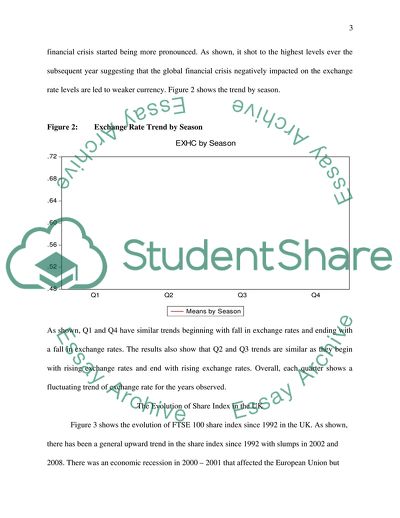Cite this document
(The UK Bank of England Research Paper Example | Topics and Well Written Essays - 1830 words, n.d.)
The UK Bank of England Research Paper Example | Topics and Well Written Essays - 1830 words. Retrieved from https://studentshare.org/finance-accounting/1800942-business-forecasting-and-data-analysis-e-views-software
The UK Bank of England Research Paper Example | Topics and Well Written Essays - 1830 words. Retrieved from https://studentshare.org/finance-accounting/1800942-business-forecasting-and-data-analysis-e-views-software
(The UK Bank of England Research Paper Example | Topics and Well Written Essays - 1830 Words)
The UK Bank of England Research Paper Example | Topics and Well Written Essays - 1830 Words. https://studentshare.org/finance-accounting/1800942-business-forecasting-and-data-analysis-e-views-software.
The UK Bank of England Research Paper Example | Topics and Well Written Essays - 1830 Words. https://studentshare.org/finance-accounting/1800942-business-forecasting-and-data-analysis-e-views-software.
“The UK Bank of England Research Paper Example | Topics and Well Written Essays - 1830 Words”, n.d. https://studentshare.org/finance-accounting/1800942-business-forecasting-and-data-analysis-e-views-software.


